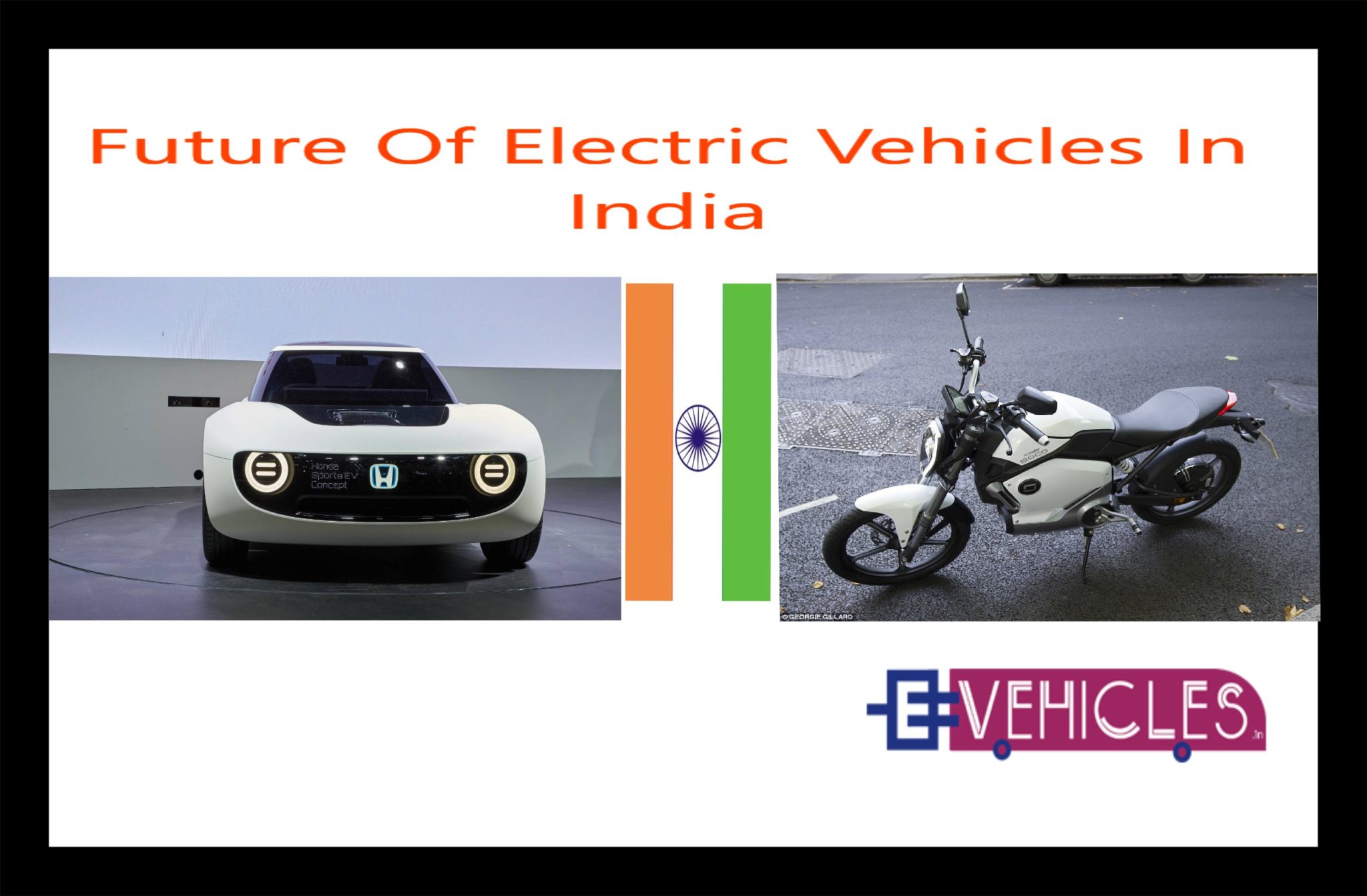
The Indian Automobile Industry is currently ranked 5th largest in the world and is set to be the 3rd Largest by 2030. The requirement of mobility in India is set to change dramatically in the near future to cater to the requirement of 1.30 billion+ population. Everyone’s question is What Is The Future of Electric vehicles in India by 2030.
Recognizing this aspect, the Government of India, is working towards developing a mobility option which is ‘Shared, Connected and ELectric’. There is an increased need to prepare for a green future for Indian mobility and reduce dependence on imported crude oil.
While there is a vision for 100% electric vehicles by 2030, most industry experts indicate that around 40-45% EV conversion by 2030 is a realistic expectation. A major push towards EVs will be led by the public transportation requirements in India – Fleet cars, E-Buses,3 wheelers, and 2 wheelers. Personal vehicle options for EVs will still be a relatively smaller element in the whole pie.
What Is The Future of Electric vehicles in India by 2030
INDIAN EV SCENARIO
National Electric Mobility Mission Plan (NEMMP) 2020
- The target of deploying 5 to 7 million electric vehicles in the country by 2020
- Emphasizes the importance of government incentives and coordination between industry and academia
- The target of 400,000 passenger battery electric cars (BEVs) by 2020 ~ avoiding 120 million barrels of oil and 4 million tons of CO2
- Lowering of vehicular emissions by 1.3 percent by 2020
- Total investment required –INR 20,000 – 23,000 cr (approx 3 billion USD)
Current status of the Indian Auto Industry
Indian Automobile industry is currently the 5th largest in the world and is set to take over as the
3rd largest automobile industry by 2030. There are a range of players operating in India as
shown below:

Introduction to NEMMP 2020 (National Electric Mobility Mission Plan)
• Under this mission, the Government would use the following mechanisms/ policies to increase the usage of electric vehicles in India
• National Electric Mobility Plan (NEMMP) 2020 targets to deploy 5 to 7 million electric vehicles in the country by 2020
• Permissive legislations: Legislations to allow usage of electric vehicles in various areas, if not already allowed
• Operational regulations: Use of legislation framework and regulations aimed at setting safety regulations, emission regulations, vehicle performance standards, charging infrastructure standards, etc.
• Fiscal policy measures: Trade-related policies for shaping the market, imports and exports
• Manufacturing policies aimed at encouraging investments
• Specific policies aimed at incentivizing manufacturing and early adoption of electric vehicles through demand creation initiatives
• Schemes and pilot projects for facilitating infrastructure creation
• Policy for facilitating research & development
Opportunity landscape in EV business in India
Unlike other countries, Indian EV opportunity lies in a variety of automobiles and not just passenger cars business. Many other opportunities like Ebike, Ecycles etc could emerge as we move ahead towards an electric future.

Current installed base of EV Chargers in India is about 270 units
• The EV chargers business in India is in nascent stages with only one major car manufacturer
• Home chargers are not included in these estimations; only public EV charging stations are considered
• Post FAME and the NitiAyog Plan announcement, we have seen an increased thrust on setting up EV chargers in the last 3-4 months in India

Final Word on Future of Electric vehicles in India by 2030
India is the land of opportunity for any kind of new technology. Electric Vehicles is one of the future technology which has entered India very recently. Any future technology needs some time to strengthen its roots. Indian government took some great steps for the future of Electric Vehicles. Many Automobile manufacturers taking part in electrifying the EV mission 2030.







